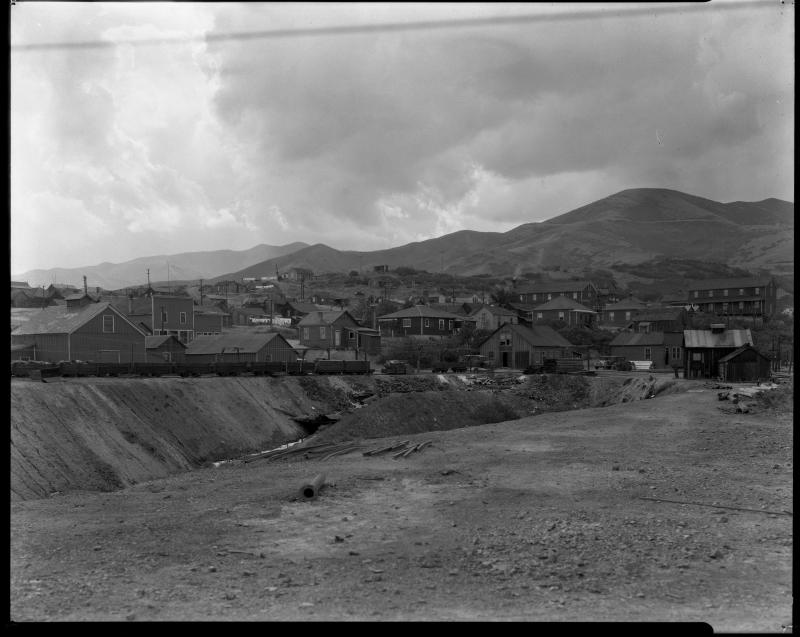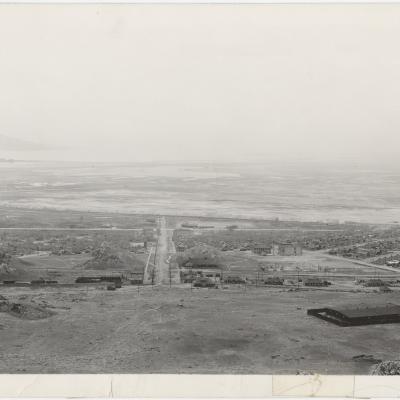Company Towns
The industrial age led to the creation of “company towns” that housed workers. If a company closed a site, the need for the town went away. In recent decades, employees often preferred to own their own homes and commute to work. So company towns have largely disappeared, especially in urban areas such as the Salt Lake Valley.
Bingham Canyon began as a mining camp and evolved into a company town for Kennecott Copper. While the mine is still in operation, Bingham proved a victim of its own success. It was sitting on such rich copper ore that the town, and adjacent settlements such as Lark, were removed to expand the open pit mine.
A similar fate overtook Lark, a small town on the southwest side of the Salt Lake Valley that was dismantled in 1978 to make way for overburden from the Bingham Canyon Mine. At its peak the population was around 800.
Another company town related to mining is Sego in Grand County. Built around a rich coal deposit after 1911, financial and water-supply problems lead to its abandonment in 1947, but numerous ruins remain.
The Utah Copper Company, which owned the Bingham mines, founded Garfield to house workers in its mills and smelters. Its population topped 4,000 in the 1940s. It had schools, hotels, churches, a post office, library, and doctor’s office. When Kennecott Copper purchased Utah Copper in 1955, it decided to demolish the town. Residents were given the option to buy their homes and move them elsewhere.




